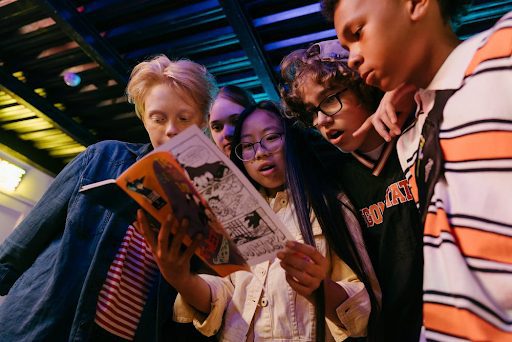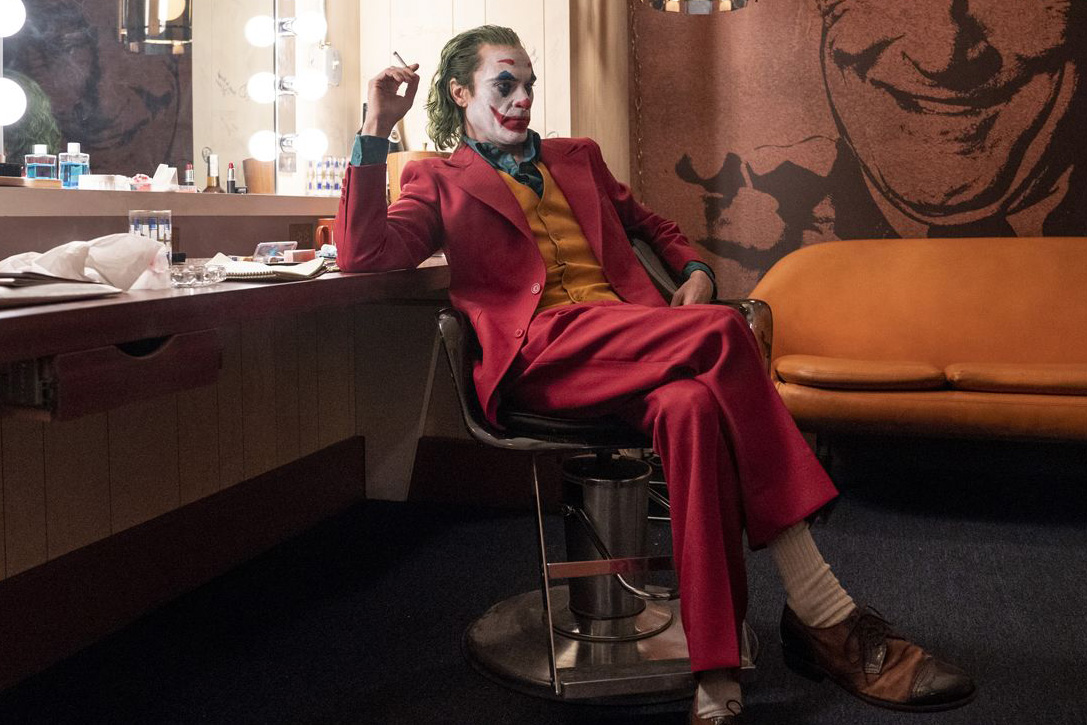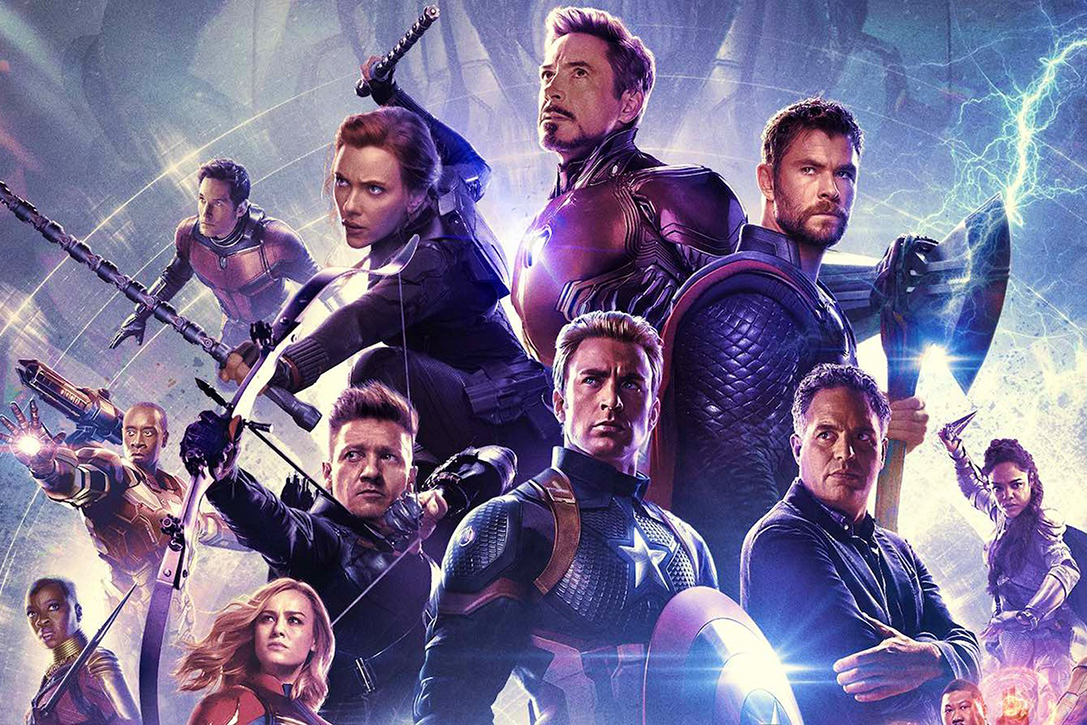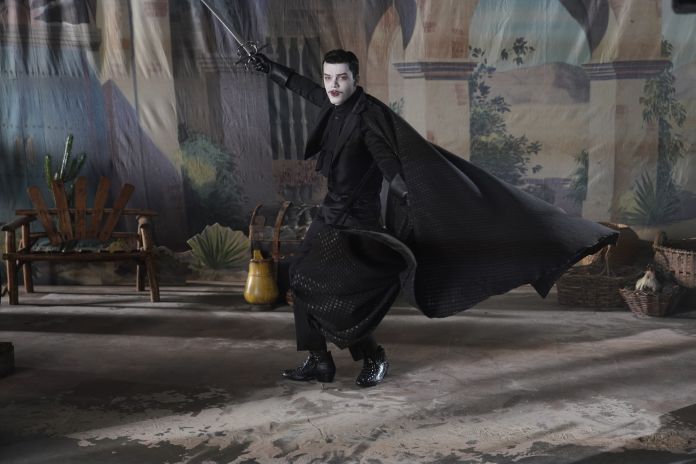 Comic art is a form of visual art that combines words and pictures. It is most commonly associated with publications in the U.S., but comics are now finding success across the globe as well. Comic books have been around a long time and if you want to know how they affected art and pop culture, keep on reading.
Comic art is a form of visual art that combines words and pictures. It is most commonly associated with publications in the U.S., but comics are now finding success across the globe as well. Comic books have been around a long time and if you want to know how they affected art and pop culture, keep on reading.
1. Comic books are rooted in mythological traditions
Comic art is not a new concept by any means. It has roots in ancient Greek, Hindu, and Egyptian mythology. The Greeks used it as a form of instruction. Hindu legends were often passed on through word of mouth, so illustrations became an important part of the stories, and Egyptians illustrated their burial procedures in their hieroglyphs to help guide the dead into the afterlife. Comic books are rooted in these traditions, which makes sense considering that humans have long sought for ways to communicate significant information to each other through visual means. It heavily relies on the two major senses that humans possess: sight and sound. Now, there are many comic book companies out there, so if you are interested in reading some comics or manga, try searching online for some of them for recommendations. The word “comic” comes from the Latin word for actor, which later changed to English in 1727, meaning a story told through dialogue. This is where the visual and auditory elements shine, as words can communicate actions or characters, while images communicate these things with greater detail.
2. They were invented to make people think about social issues
Comic books have been used for storytelling for millennia, but they really caught on after World War II. The first comic books were printed in the 1930s and often included stories about Superman, Batman, and other superheroes that would fight bad guys or solve mysteries. However, during World War II the industry began to reflect the war happening around them with propaganda comics like “Captain America.” These comics not only showed Captain America’s resourcefulness in taking down enemy forces; they also contained words reinforcing American values like hard work and sacrifice for your country. It is a form of propaganda that society became accustomed to through the power of comics. After World War II, comic books began targeting teenagers and involved more social issues like racism (ex: Green Lantern vs. Green Goblin). They were not only trying to entertain their audience but also teach them lessons in humanity.
3. Comic books act as mirror relations between different cultures
As comics became popular in the U.S., other regions began to adopt aspects of comic art into their own traditional visual arts, typically reflecting changes in culture that were happening at the same time. For example, Japan was heavily influenced by early English and French comic strips. Manga is a major form of art there today, which blends classical Japanese style with the influence of these European forms. It has also become more violent than its American counterpart because it reflects different cultural values concerning crime and violence. Many countries all over the world look to American comics for inspiration but adapt them to meet their specific needs as societies make shifts toward modernization. With that, many no longer want stories about superheroes saving people’s lives, they want to see stories about the problems they face every day, like corruption.
4. Comic book art has influenced other forms of expression
As you can see already, comic books have had a wide-reaching global influence on many cultures throughout history. Because of this reach, comic book styles are also found in many other art forms throughout the world. Comic books have influenced genres like film and animation, which were first made by using black-and-white drawings that showed objects moving across a screen in succession. Walt Disney used this technique to create “Steamboat Willie” and many of today’s films still use it as a foundation for their style. The look of these films is often referred to as cel shading or rotoscoping which makes colors stand out more and gives everything a smooth animation look. Many video games also adopted this type of cartoon art because it allowed artists to produce realistic images quickly and cheaply without having to complete each frame individually.
5. Comic book artists have created a system to represent sound
Ever noticed that little “BAM” or “POW” appearing next to a fight scene in comics? That is actually a visual representation of the sound that might occur during that action. That is why they are called “sound effects” because they are meant to convey an audio experience with just images. The system used for the symbols was first introduced by manga artist, Fumiko Takano who thought it was important for young children who couldn’t read yet understand what was happening in the story. She also wanted any non-verbal parts of dialogue and narrative to be shown visually so as not to disrupt the flow of events within the panels. This practice has become standardized throughout comic book art, and you can see it everywhere from Daredevil’s headgear crashing to Iron Man’s chest repulsor making his suit fly.
 6. Comic books have inspired modern art
6. Comic books have inspired modern art
Just as traditional visual art has drawn inspiration from comics, so has more abstract forms of expression like installations, performance, and multimedia art. Comic books have had an especially large impact on contemporary artists because of their subject or content matter. It’s no secret that comics are often misunderstood as low-brow entertainment without much value, but they actually offer endless possibilities for artists. Nonetheless, their availability and popularity has made them special in both high and low art. There is even a term for the appropriation of comic book art into fine arts, called cartoonification. This can be seen everywhere from Andy Warhol’s Marilyn Diptych to the film “Liquid Sky”. In fact, anything with a comic book or anime style is now classified as Cartoon Pop.
7. Comic book art has influenced academic pursuit
Comic books have also had an impact in the world of academia. For centuries, art has been supported by state institutions and museums, but this hasn’t always been the case. In fact, comic books have had a substantial influence on many art schools since they used to be considered low-brow entertainment for children. There are dozens of universities around the world that offer graphic media degrees because there is so much room within comic book studies to explore all kinds of academic topics through comic books. For instance, courses in history, philosophy, economics, law, or sociology can all be applied using comics or manga as examples. This makes it possible for students to read about anything from ancient Japan’s samurai warriors to today’s gender politics in America.
By reading this guide, you will now have the resources to start your journey into comic book art. Now that you know a little more about the history, culture, and places where comics come from, you’ll be ready to explore them on your own. So, go out there and start looking for your favorite comics and make sure to share them with the internet!

 6. Comic books have inspired modern art
6. Comic books have inspired modern art













